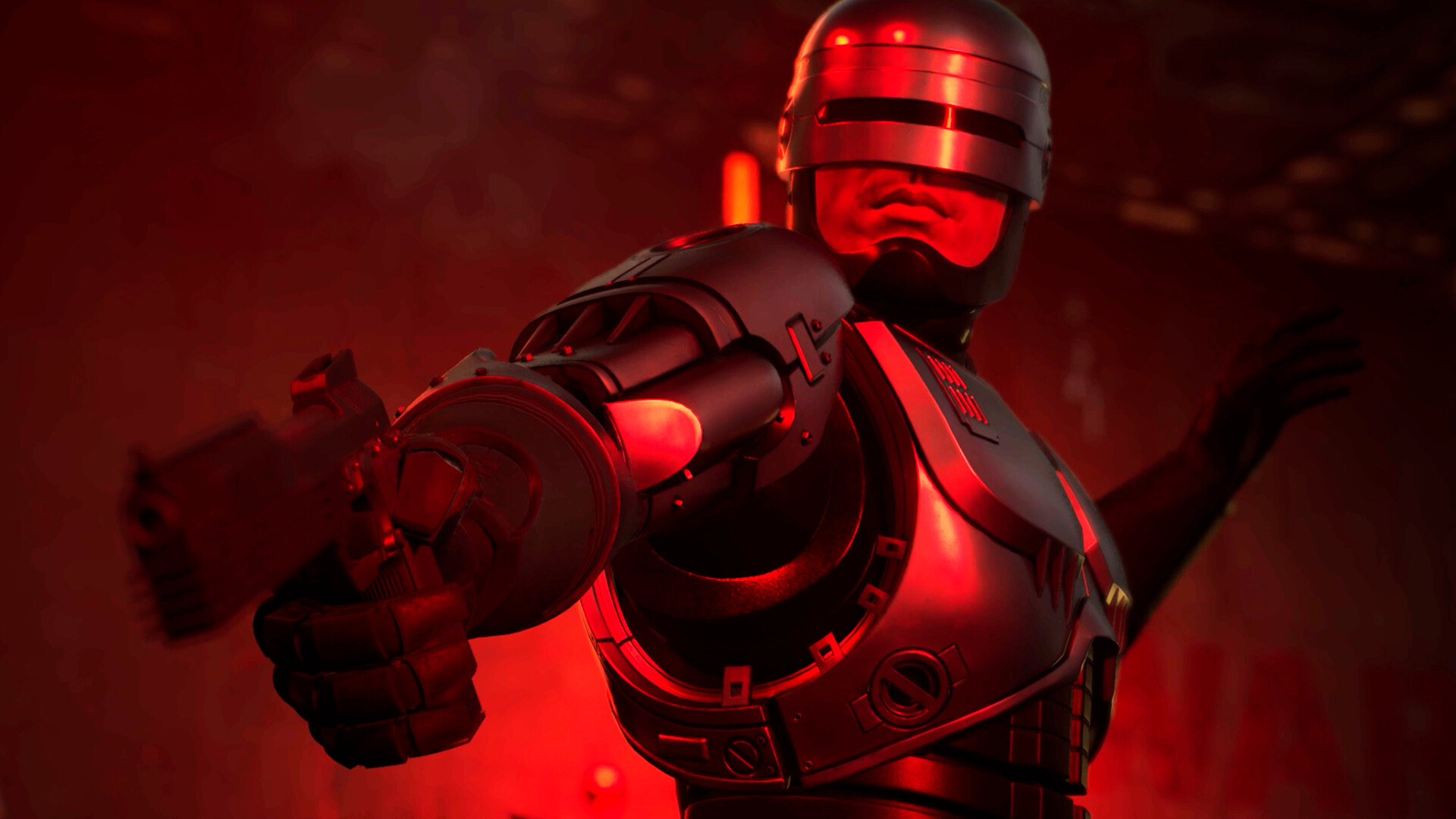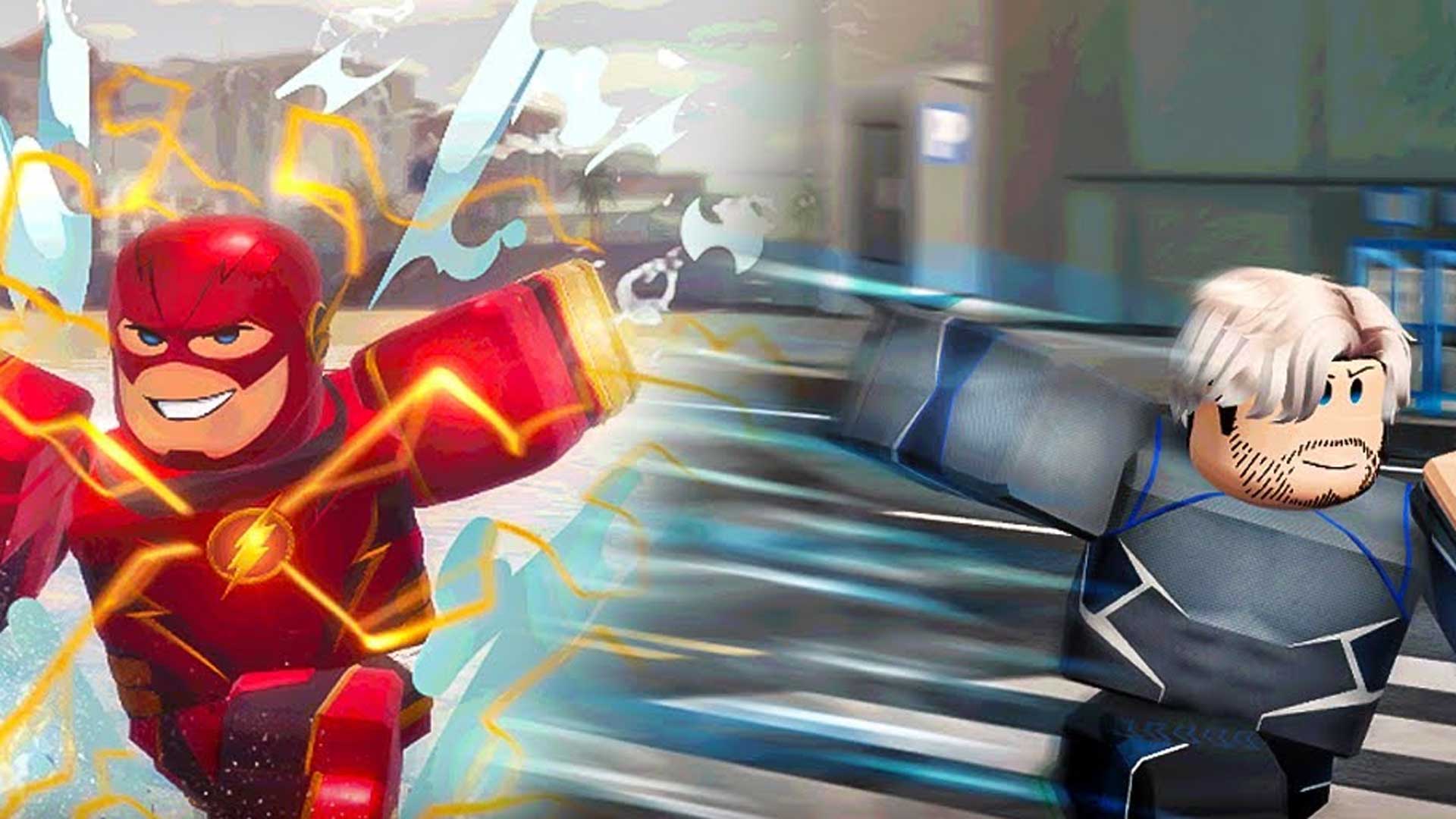
This is the fourth in a series of InsideGMT articles from Paul Hellyer about his board game Tsar, currently on GMT’s P500. You can view the previous article here.
Tsarist Russia was supposedly ruled by one person, but this didn’t keep Nicholas II’s subjects from debating the faults and merits of their government and hatching ideas for the future of their country. Rivals jockeyed for official appointments and access to the Tsar, and they often grouped themselves into parties, unions, and informal networks to press for their policy preferences.

In Tsar, each player plays one of four Factions based on these historical rivalries: the Dynasty, Autocracy, Pragmatism, and Reform Factions. Each comes with its own set of Characters and scoring objectives. In this article, we’ll look at these Factions, their objectives, and how scoring works in the game.
The Dynasty Faction advances the interests of the Romanov Dynasty and favors conservatism. Most of its Characters are members of the Romanov family, for whom the title “Grand Duke” was reserved. In addition to its other scoring goals, this Faction scores an extra 1 VP per round when at least two Grand Dukes are on the game board. The Autocracy Faction seeks to preserve autocratic principles and favors governance through force and intimidation; it partners with the Dynasty Faction on political questions. The Pragmatism Faction features the game’s most capable Characters and aligns politically with the Reform Faction. The Reform Faction seeks to gradually transform Russia into a democracy, beginning with the Zemstvos movement in Era I and concluding with constitutional monarchy in Era IV. It favors a strategy of governance through popular consent. Aside from politics, all the Factions are interested in different aspects of economic development and all seek credit for military success. You might notice that revolutionary factions are missing from the list. That’s because Tsar is a simulation of government and includes only those factions that had a historical role in the Tsar’s government.

Each Faction’s scoring objectives are conveyed through Scoring Cards, with two examples shown above. You’ll have a different Scoring Card for each Era. Each card sets forth your Primary VP Goal, Secondary VP Goal, and Action Phase Bonus; for the Dynasty Faction, you also get a reminder about the Grand Dukes Bonus. Anyone may view any of these cards at any time.

The Primary and Secondary VP Goals each have three levels. Pragmatism’s Primary VP Goal is to put more Naval Squadrons into play and it begins scoring when there are four Squadrons. It scores at a higher level when there are six Squadrons and at the highest level when there are seven or more. These points aren’t scored immediately when you achieve your goals in the Action Phase—instead, players use their Influence Cubes in the Scoring Phase to trigger scoring. As shown on the Scoring Cards, you can use three cubes to trigger scoring for your Primary Goal or two cubes for your Secondary Goal; in solitaire games, you use four cubes to trigger scoring in both categories simultaneously. The number of times you trigger scoring is limited only by your Influence Cubes, which you gain in each round’s Setup Phase through the placement of your Characters, as well as through bonuses in the Action and Audience Phases that you can earn by pleasing the Tsar. You’ll use these cubes not only for scoring, but also to support your policy preferences in Council Decisions and to get your Characters on the game board and into Offices.

The Action Phase Bonus works differently. This features a one-time achievement, as opposed to the gradual buildups that you pursue for your Primary and Secondary Goals. In Era II, the Pragmatism and Autocracy Factions seek to gain control of the Turkish Straits. On the right, you can see one side of the Turkish Straits Card. This is a Council Decision, so in a multiplayer game, players might be bidding against each other with their Influence Cubes. As soon as you achieve your Action Phase Bonus, you trigger an automatic, one-time payout of VP, and it won’t be scored again.

The Zemstvos Card is another example of a card that’s closely related to scoring. In Era I, this is Reform’s Primary VP Goal and Pragmatism’s Secondary VP Goal. The first stage is to create Zemstvos in rural areas, the second in towns, and the third in cities. As each of these goals are achieved, markers are placed in the game board’s Government Tracker. Because scoring for this goal is performed in the Scoring Phase, you’ll notice there are no VP icons on the card. You’ll refer to your Scoring Card and the conditions on the game board to calculate points.
Although scoring is tracked individually for each player, you aren’t pursuing the named goals for yourself, but for Russia. The Squadrons that Pragmatism builds are placed on the board, where they belong to the government, which is to say, they belong to the players collectively. Likewise, seizing control of the Straits and advancing the Zemstvos movement affects everyone by changing the course of the country. Although players have their own separate supplies of Influence Cubes, the economic resources they need to achieve their goals are also shared collectively. The Gold, Industrial Cubes, and Transport Points that Pragmatism needs to build those Squadrons come from the game board, not from any personal supply. The Reform Faction would like to use those same resources to expand industry, and the two Factions will compete with each other to persuade the Tsar to approve their respective priorities.
Tsar is a semi-cooperative game. You share not only effects and resources but also objectives. Each of your scoring goals overlaps with one other player, and your partners are marked for you on the Scoring Cards. Notice that you score slightly higher amounts for your Primary Goal as opposed to your Secondary, so while two Factions will share a goal, their interests are not identical. The players will have to decide the degree of cooperation between them, and this cooperation applies not only to achieving goals, but also to scoring them. When you trigger scoring in the Scoring Phase, you trigger it for yourself and your partner. So if the players have completed two stages of the Zemstvos movement, the Reform Faction could use three Influence Cubes to score three points for itself and two points for its partner, the Pragmatism Faction. Alternatively, the Pragmatism Faction could use only two Influence Cubes to trigger the same scoring. So players will need to consider their own gains as well as the gains of their partner. Aside from coordinating their use of Influence, players might also coordinate their control of certain Offices or agree to support a player’s position as the Favorite. Although the partnerships in the game are fixed, the way you handle them is very fluid, and you’re free to switch your cooperation from one potential partner to another. There are also opportunities to impede rivals, such as lowering the Favorite’s Favor level, withdrawing a Character from the Camarilla, removing a Character from an Office, or even allowing a rival Character to be assassinated by revolutionaries.

On the Scoring Cards, you can see another scoring option that’s always available in multiplayer games: using five Influence to score 1 VP for yourself only. This is much less rewarding than the other scoring categories, but you can use it at any time and you don’t have to share it. It adds another layer of flexibility to the game. At the end of the Scoring Phase, each player has to discard down to five Influence Cubes, so hoarding all your Influence is not an option. Typically, players will use Influence to achieve goals early in the game, and then switch to using Influence to trigger scoring later in the game.

If you avoid revolution, the last card you’ll play in each Era will be Final Scoring, which immediately concludes the game. During peacetime, the game engine always seeds this card in the 16th round; in wartime, it will appear when the war ends or in the 16th round, whichever comes first. As shown on the card, players automatically score triple VP for both their primary and secondary goals. Your Gold (which you would want if there’s a revolution) is a penalty in Final Scoring. There’s no Scoring Phase in the final Quarter, but your unused Influence Cubes are the first tiebreaker. The second tiebreaker is Player Order, which begins with the Tsar’s current Favorite.
If you’re playing in legacy style, scores will be reset in the next Era, but there are some carryover effects based on victory rank: the winner becomes the initial Favorite in the next game and gets first dibs in drawing special bonus cards (the Order of St. Vladimir Cards) that reward you for avoiding revolution or penalize you if the regime collapses. In lieu of an Order of St. Vladimir Card, the player in last place gets to retain 10% of their VP score. Going into the next Era, this gives the players somewhat different incentives when it comes to avoiding revolution.
In the next InsideGMT article in this series, we’ll take a closer look at decision mechanics.
Previous Tsar InsideGMT Articles











Published: Jul 3, 2025 06:31 am